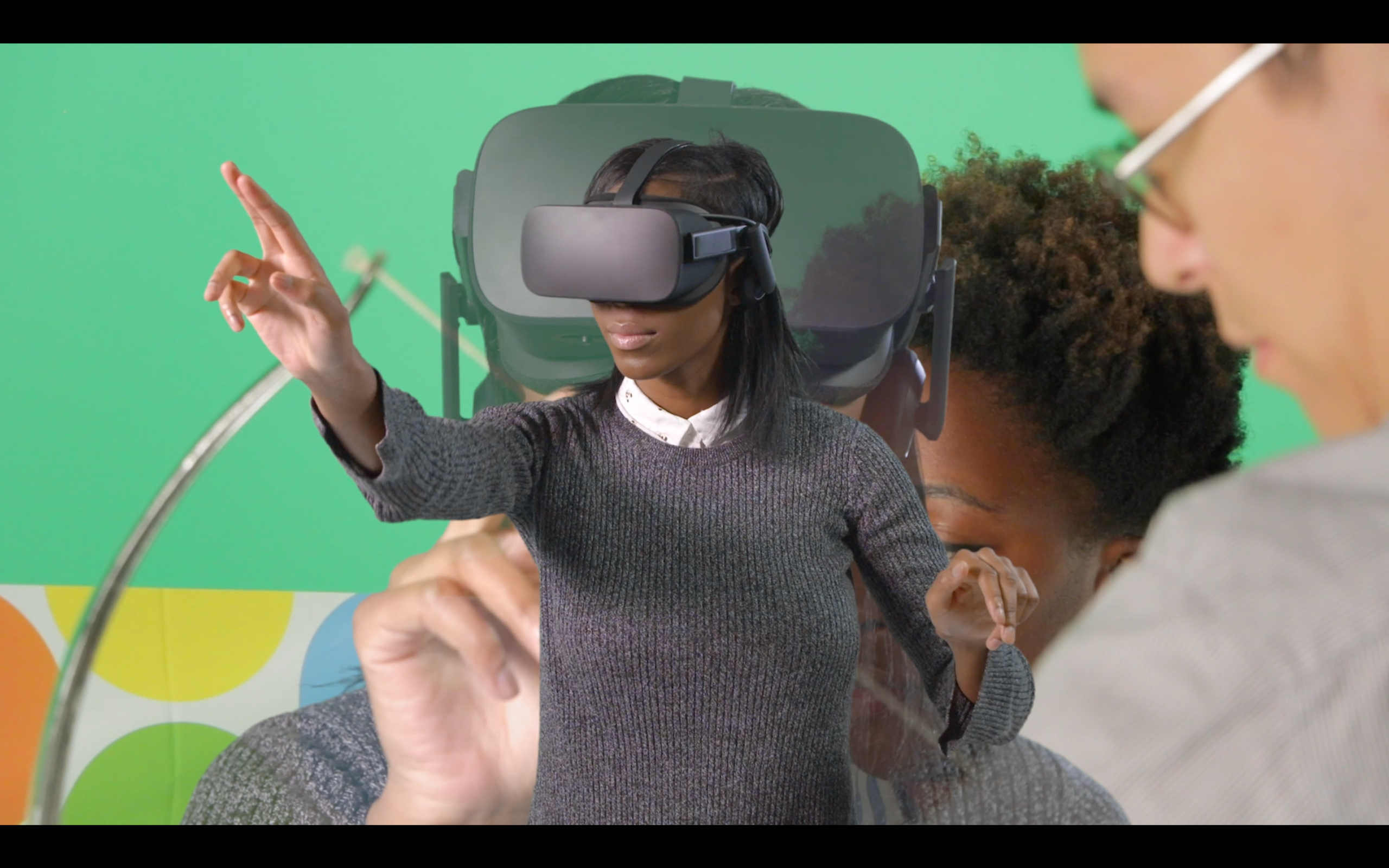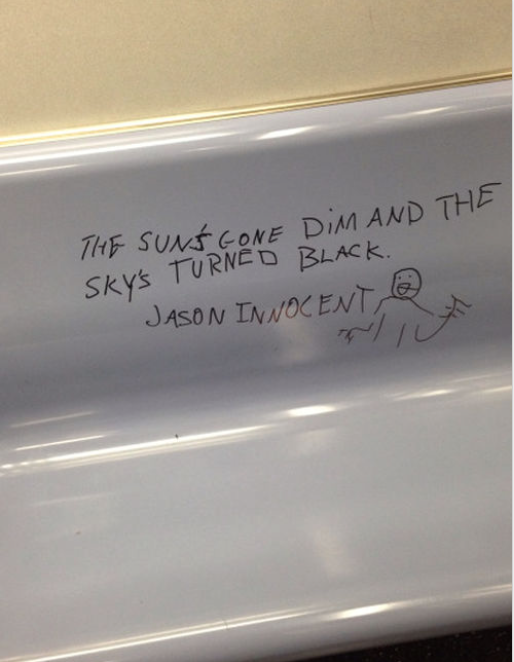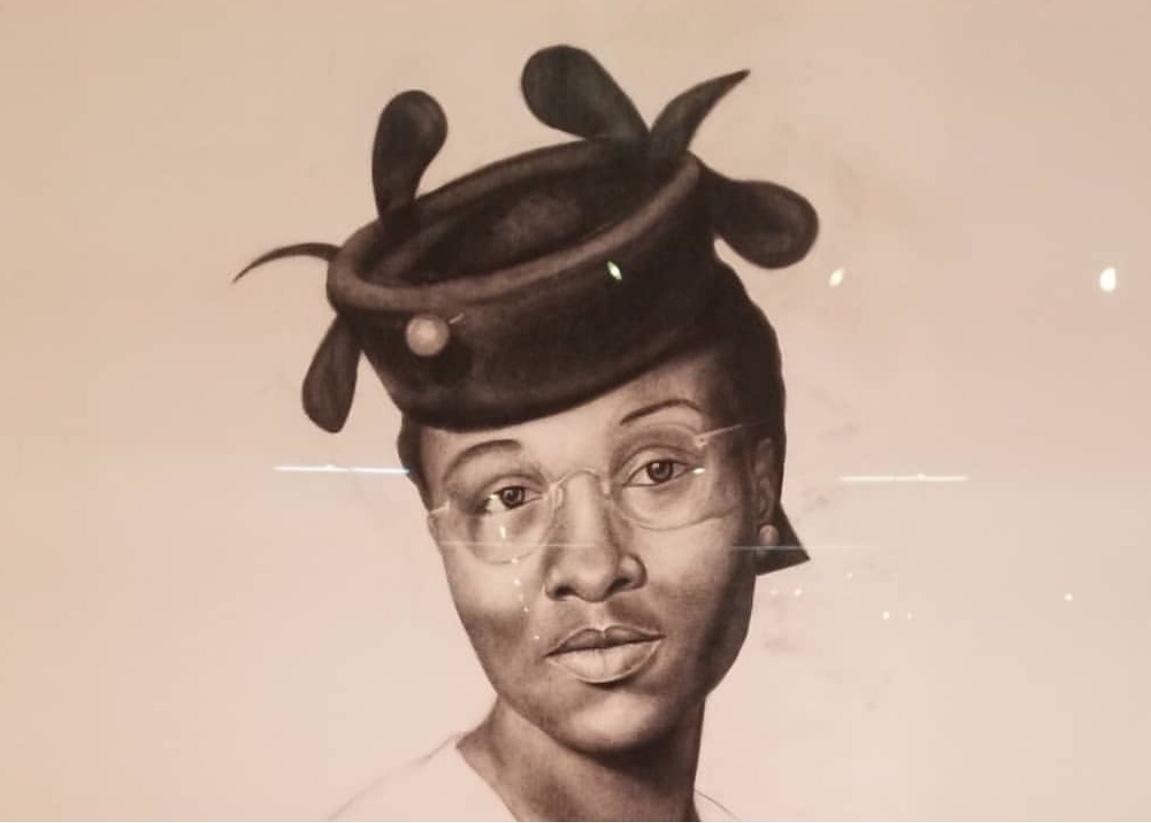This week, hundreds of galleries came to Miami to represent the work of artists from more than 30 countries for the 18th annual Art Basel Miami Art Week. As a correspondent for Sugarcane, I was asked to select a few of my favorites from Basel and New Art Dealers Alliance (NADA), two fairs I attended this past week. As a curator, I focus on emerging and established artists of African descent and work towards creating spaces to celebrate underrepresented artists. My selections are influenced by my interests in contemporary artists of the African Diaspora— specifically those in the Americas. Welcome to my picks from Basel and NADA 2019.
Jamilah Sabur, Nina Johnson, @jamilahsabur – NADA
Jamilah Sabur is one of my favorite Miami-raised artists. Born in Saint Andrew, Jamaica, through her multidisciplinary, research-based practice, Sabur uses light, performance and video to dissect and navigate language and storytelling. The stories and language of Black and Indigenous people throughout the Americas are consistently highlighted in her work. “Mnemonic alphabet (A/Alud),” Spanish for Avalanche is a part of her most recent series. Her work can also be seen at Perez Art Museum’s The Other Side of Now: Foresight in Contemporary Caribbean Art through June 7, 2020.
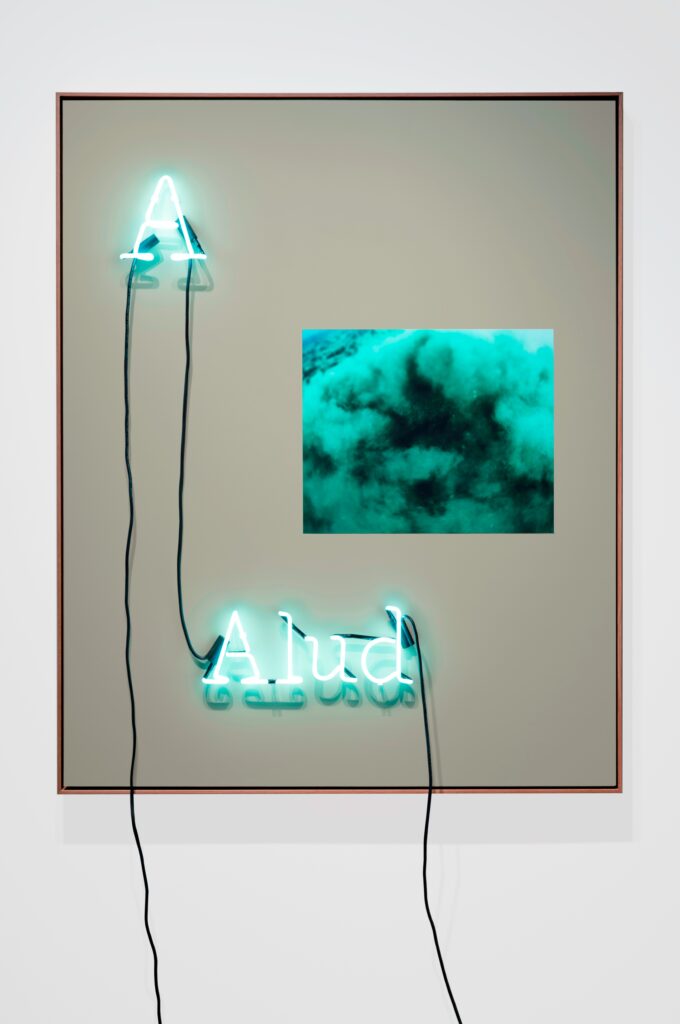
Neon, transformer, print on cotton rag, Honduran mahogany, enamel
44 x 54 x 3 inches
Courtesy of Nina Johnson
William Scott, Creative Growth, @creativegrowth – NADA
WIlliam Scott is a self-taught artist from San Francisco, who has been represented by Creative Growth since 1992. Creative Growth was founded over 40 years ago as a non profit based in Oakland, CA that serves artists with “developmental, intellectual and physical disabilities.” Scott was born and raised in the San Francisco neighborhood where I grew up—Bayview Hunters Point, a historically Black and underserved neighborhood with a history of being forgotten locally and nationally. In his work, he reimagines our hometown and neighborhood as an idealized place, creating images of his ideal city, life and relationships

Derrick Adams, Salon 94, @derrickadamsny – Basel
I’m always excited to see and celebrate artists from Baltimore, where I’m currently based. Adams, based in New York, is one of the leading artists to come from Baltimore. His work explores the African American figure and family, and invites the audience to reimagine which histories and figures we consider important. Locally, he’s supporting many emerging artists and curators, including Jerrell Gibbs and Amani Lewis.
Tabita Rezaire, Goodman Gallery, @goodman_gallery – Basel
Tabita is another artist I’ve watched for some time. Guyanese-Dutch and based in South Africa, her work explores black femininity, healing, decolonial theory through photo, video and digital collages online and offline. She recently began creating sculptural video installations using lightboxes and digital images. Her “Sorry For Real Sorrow For Truth” is a critique on neoliberalism, technology and religion.
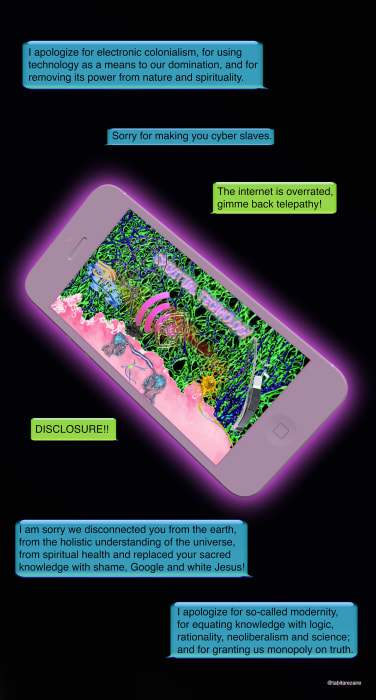
Sonia Gomes, Mendes Wood DM, @soniagomesarte – Basel
Sonia Gomes is a leading contemporary artist out of Brazil. She’s known for her sculptures using fabric, wood, and other materials to speak to African and Indigenous Brazilian history. She’s one of my favorite Brazilian artists, and I wrote about her for my former blog on Afro-Brazilian contemporary art. Her sculptures address memory and legacy, as well as the unifying characteristics of African-descended and Indigenous peoples. Mendes Wood DM is
also one of my favorite Brazilian galleries, representing a share of Afro-Brazilian artists.
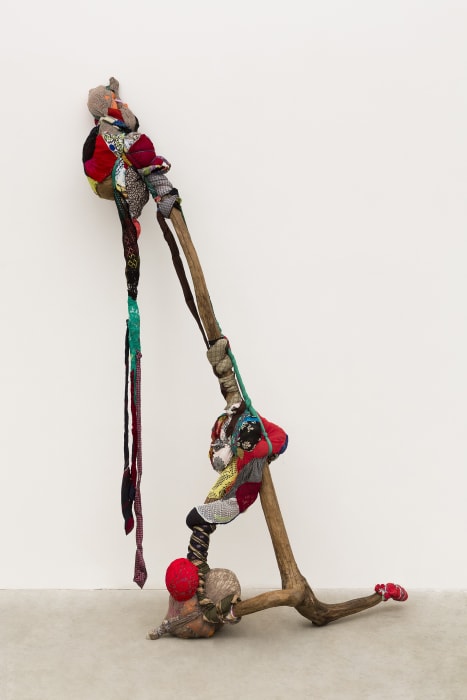
stitching, bindings, different fabrics and laces on wood
280.0 x 150.0 x 80.0 Size (cm)
110.2 x 59.1 x 31.5 Size (in) Courtesy of Mendes Wood DM
Torkwase Dyson, Rhona Hoffman Gallery, @torkwasedyson – Basel
2019 marks the 100-year anniversary of the Red Summer of 1919. James Weldon Johnson named the period the “Red Summer” because of the hundreds of deaths and attacks against Black people during that year. Torkwase Dyson, born in Chicago, a city directly impacted by the racist attacks, created a series of abstract compositions in remembrance. The series also looks to the history of water and public swimming discrimination in the US, and the present climate crisis and its relationship to Black people.
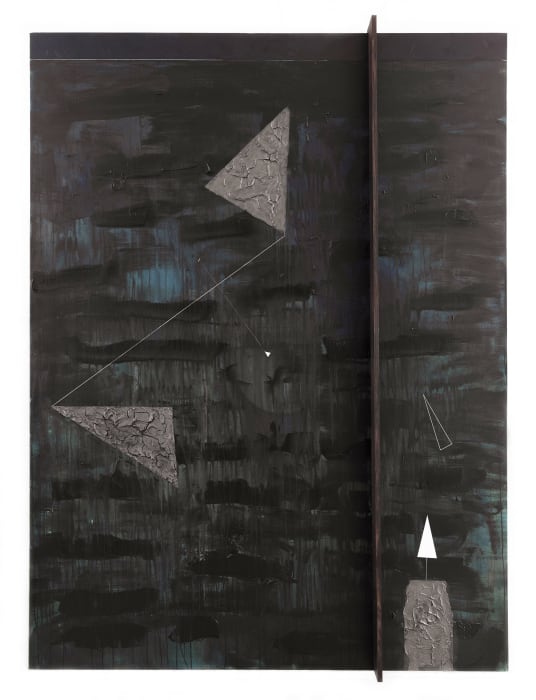
Acrylic, graphite, string, wood, brass, ink on canvas
96.0 x 72.0 Size (cm)
37.8 x 28.3 Size (in) Courtesy of Rhona Hoffman Gallery
Jibade-Khali Huffman, @jibadekhalilhuffman – NADA
I was drawn to Jibade-Khali’s work because of his video addressing gentrification in American cities and the artwashing that is often a part of it. The video was completed as a commission for DAATA, a streaming platform for digital artworks, over the course of two years. We Don’t Need Another Mural explores his attempts to create a public project in the Smoketown community in Louisville, Kentucky. Throughout the video, Hoffman draws parallels between gentrification in American cities and his own struggles through depression.
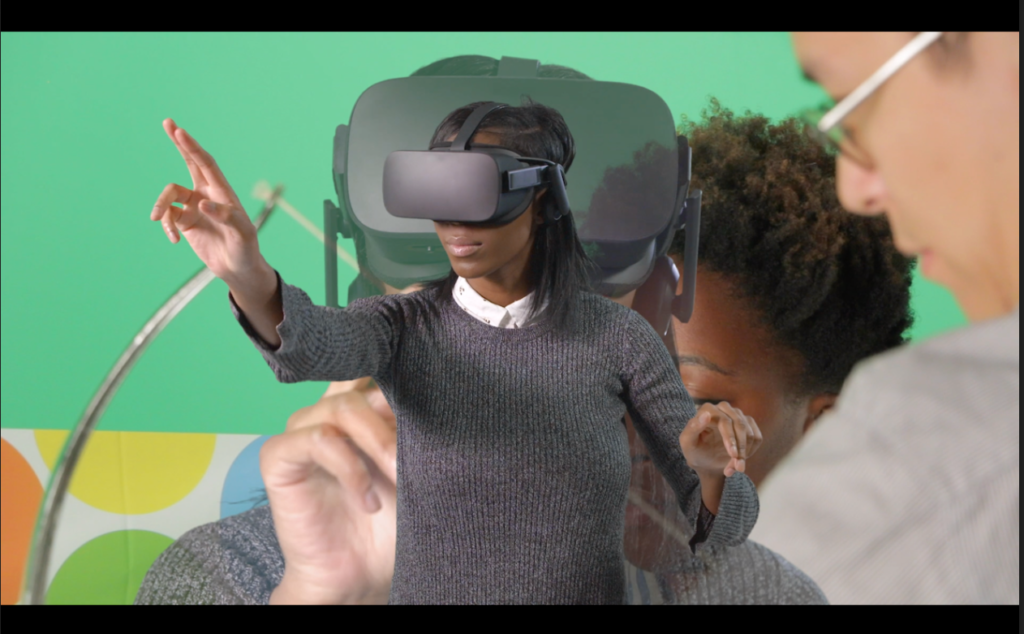
“We Don’t Need Another Mural,” 2019
Courtesy of the artist, Anat Ebgi Gallery, and Daata
Hugh Hayden, Lisson Gallery, @huthhayden – Basel
It was recently recommended that I check out Hayden’s work, and I was excited to finally be able to see it in person. I’m deeply interested in his use of materials historically associated with Black labor to tell our stories. His cast iron sculptures are tributes to Black culinary legacies, West African masks and spirituality.
Arjan Martins, A Gentil Carioca, @arjan_martins – Basel
During my studies at the Federal University of Bahia in Salvador I began my journey into writing and studying Afro-Diasporic artists. While there I saw Black artists discussed and centered in an academic setting and was introduced to larger conversations on diasporic art outside of the North American lens. Arjan Martins is another artist exploring the colonial legacy in Brazil through honoring Afro-Brazilian peoples and cultures. He was included in last year’s historic Afro-Atlantic Histories exhibition at the São Paulo Museum, a multinational, multigenerational exhibition of art of the African Diaspora. His untitled portraits regally display Afro-Brazilian female figures centered through his gaze. Stylistically and thematically his portrayal of Afro-Brazilian women are centered in a way that I rarely see in images of Brazilian women.
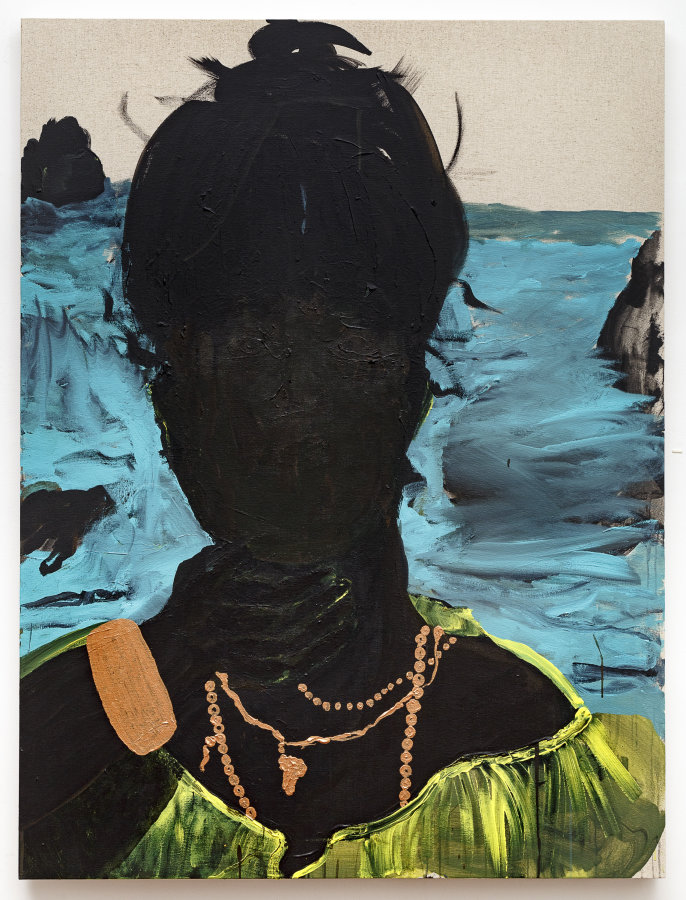
Sem Título [Untitled], 2019
acrílica sobre tela [acrylic on canvas]
160 x 120 cm [63 x 47 1/4 in]
8.4kg
Larry Seinti Achiampong, Copperfield London, @larryachiampong -NADA
Larry Achiampong is a London based artist with Ghanian roots whose work speaks to his blended experience of being a British-born African descendant. He uses archival materials alongside acrylic to explore the legacy of religious colonization in via the British Empire. Noting parallels between Christian artwork found in homes in the Philippines and the white portrayal of Jesus in homes throughout Britain and the Americas, he paints over the images of White Jesus and Mary in Blackface. The Holy Cloud series is a consideration of the pre and post-colonial ideas of spirituality and religion.
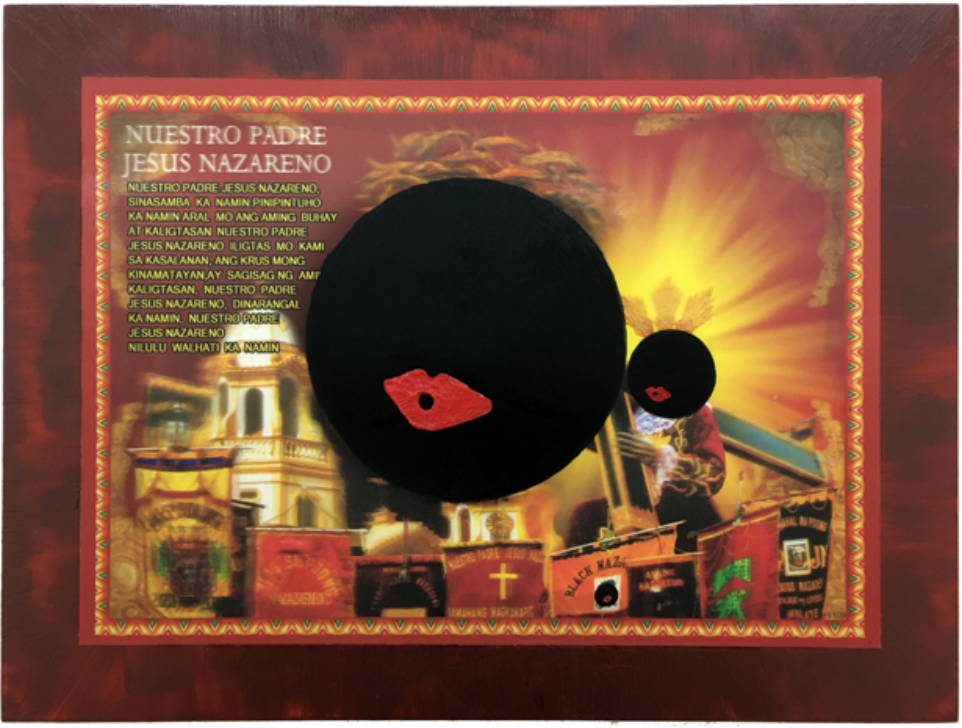
Acrylic on Holograph on panel
33.5 x 24.7 cm







